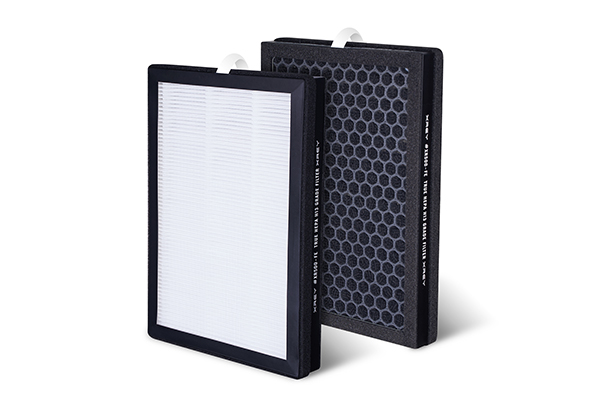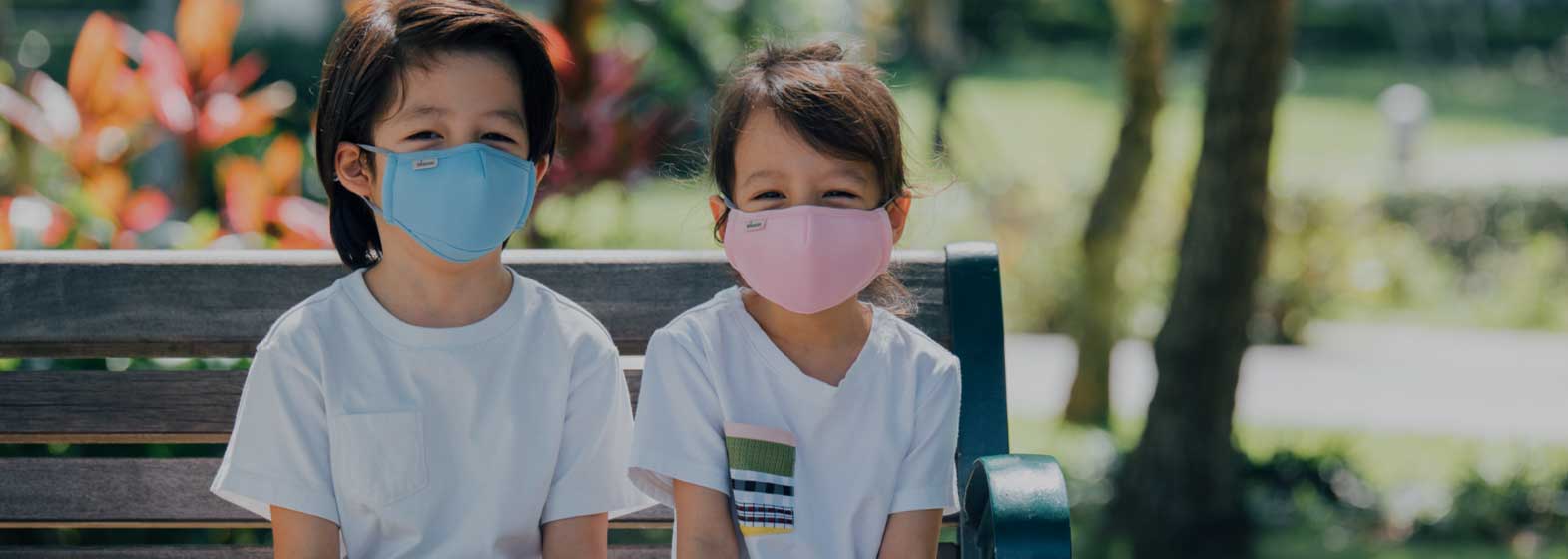
The Best And Worst Face Masks For COVID-19
- Connexions
- 2020-08-02
- 2523
A preliminary analysis of 194 countries found that places where masks weren't recommended saw a 55 percent weekly increase in coronavirus deaths per capita after their first case was reported, compared with 7 percent in countries with cultures or guidelines supporting mask-wearing.
A model from the University of Washington predicted that the US could prevent at least 45,000 coronavirus deaths by November if 95 percent of the population were to wear face masks in public.
But not all masks confer equal levels of protection.
The ideal face mask blocks large respiratory droplets from coughs or sneezes – the primary method by which people pass the coronavirus to others – along with smaller airborne particles, called aerosols, produced when people talk or exhale.
The World Health Organisation recommends medical masks for healthcare workers, elderly people, people with underlying health conditions, and people who have tested positive for the coronavirus or show symptoms.
Healthy people who don't fall into these categories should wear a fabric mask, according to WHO. The Centres for Disease Control and Prevention also recommends cloth masks for the general public.
But even cloth masks vary, since certain types are more porous than others.
"It depends on the quality," Dr. Ramzi Asfour, an infectious-disease physician in Marin County, California, told Business Insider.
"If you're making a cloth mask from 600-thread-count Egyptian cotton sheets, that's different than making it from a cheap T-shirt that's not very finely woven."
Over the past few months, scientists have been evaluating the most effective mask materials for trapping the coronavirus. Here are their results so far, from most to least protective.
Two medical-grade masks, N99 and N95, are the most effective at filtering viral particles.

There's a reason agencies recommend reserving N99 and N95 masks for healthcare workers first: Both seal tightly around the nose and mouth so that very few viral particles can seep in or out. They also contain tangled fibres to filter airborne pathogens.
A study published in the Journal of Hospital Infection last month evaluated more than 10 masks based on their ability to filter airborne coronavirus particles.
The researchers found that N99 masks reduced a person's risk of infection by 94 to 99 percent after 20 minutes of exposure in a highly contaminated environment. N95 masks offered almost as much protection – the name refers to its minimum 95 percent efficiency at filtering aerosols.
Another recent study also determined that N95 masks offered better protection than surgical masks.
Disposable surgical masks are a close second.

Surgical masks are made of nonwoven fabric, so they're usually the safest option for healthcare workers who don't have access to an N99 or N95 mask.
An April study found that surgical masks reduced the transmission of multiple human coronaviruses (though the research did not include this new one, officially called SARS-CoV-2) through both respiratory droplets and smaller aerosols.
In general, surgical masks are about three times as effective at blocking virus-containing aerosols than homemade face masks, a 2013 study found. But healthcare workers should still have access to them first.
"The official guidelines are cloth masks because we don't want to take those masks away from medical workers who might need them more," Asfour said.
"Hybrid" masks are the safest homemade option.
In a recent paper that hasn't yet been peer-reviewed, researchers in the UK determined that "hybrid" masks – combining two layers of 600-thread-count cotton with another material like silk, chiffon, or flannel – filtered more than 80 percent of small particles (less than 300 nanometres) and more than 90 percent of larger particles (bigger than 300 nanometres).
They found that the combination of cotton and chiffon offered the most protection, followed by cotton and flannel, cotton and silk, and four layers of natural silk.
The researchers suggested that these options may even be better at filtering small particles than an N95 mask, though they weren't necessarily better at filtering larger particles.
The team also found that two layers of 600-thread-count cotton or two layers of chiffon might be better at filtering small particles than a surgical mask.
Three layers of cotton or silk are also highly protective.
WHO recommends that fabric masks have three layers: an inner layer that absorbs, a middle layer that filters, and an outer layer made from a nonabsorbent material like polyester.
A University of Illinois study that's still awaiting peer review found three layers of either a silk shirt or a 100 percent cotton T-shirt may be just as protective as a medical-grade mask. Silk in particular has electrostatic properties that can help trap smaller viral particles.
Vacuum-cleaner bags are a DIY alternative to surgical masks.
-
 2022-04-26Are air purifiers environmentally friendly ?
2022-04-26Are air purifiers environmentally friendly ? -
 2022-04-26The importance of wearing a mask correctly
2022-04-26The importance of wearing a mask correctly -
 2022-04-27Connexions Air H13 True HEPA Filters
2022-04-27Connexions Air H13 True HEPA Filters -
 2022-04-29What is the use of anion function of air purifier?
2022-04-29What is the use of anion function of air purifier? -
 2022-05-08Standardize the wearing of masks, children should not be missed!
2022-05-08Standardize the wearing of masks, children should not be missed! -
 2022-05-16Hazy days, air purifiers are useful?
2022-05-16Hazy days, air purifiers are useful? -
 2022-05-16Attention everyone! Don't buy fake FFP2 masks! How do we identify?
2022-05-16Attention everyone! Don't buy fake FFP2 masks! How do we identify? -
 2022-05-17Pay attention to secondary pollution when using air purifiers
2022-05-17Pay attention to secondary pollution when using air purifiers -
 2022-05-17TOP5 pollutants that the purifier can purify
2022-05-17TOP5 pollutants that the purifier can purify
-
 2020-06-02Why do Face Masks Matter With This Coronavirus
2020-06-02Why do Face Masks Matter With This Coronavirus -
 2020-06-02How to Wear Mask
2020-06-02How to Wear Mask -
 2020-06-02Three Principles of Choice of Masks
2020-06-02Three Principles of Choice of Masks -
 2020-06-022020 Situation of Mask Market
2020-06-022020 Situation of Mask Market -
 2020-06-17What other preventative measures can you take to protect yourself from airborne substances?
2020-06-17What other preventative measures can you take to protect yourself from airborne substances? -
 2020-06-08The Advantage of Disposable Face Masks
2020-06-08The Advantage of Disposable Face Masks -
 2020-06-093 Ply Disposable Face Mask & Soft & Comfortable Ear Loop
2020-06-093 Ply Disposable Face Mask & Soft & Comfortable Ear Loop -
 2020-06-17What are the regulations for surgical face masks?
2020-06-17What are the regulations for surgical face masks? -
 2020-06-09Do I need to wear a face mask if I am quarantined?
2020-06-09Do I need to wear a face mask if I am quarantined?
CONTACT US


Connexions Technology (Dongguan) Ltd.
We are always providing our customers with reliable products and considerate services.
If you would like to keep touch with us directly, please go to contact us
